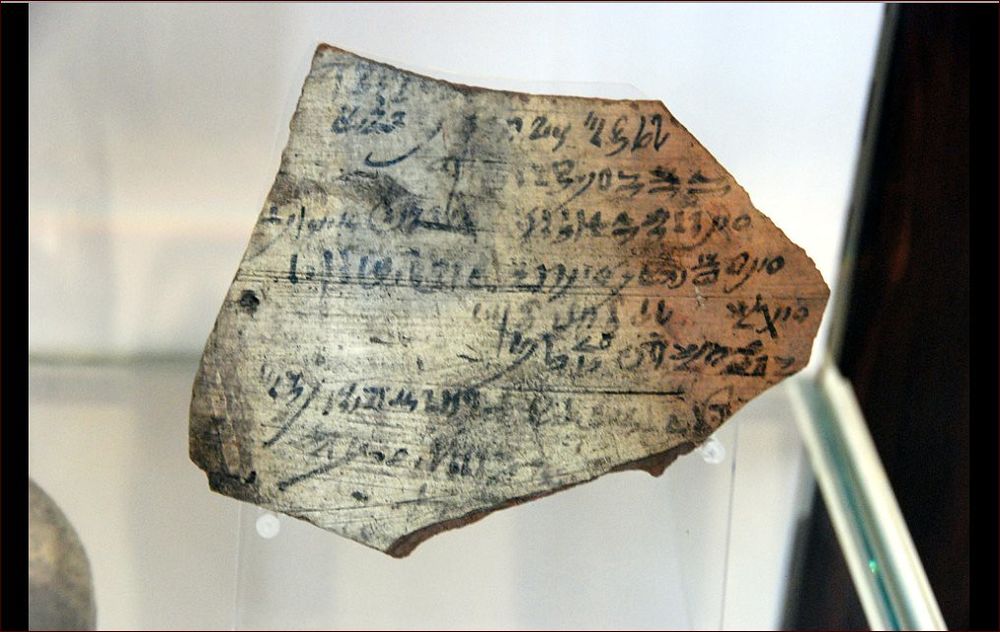In February 2022, archaeologists discovered over 18,000 Egyptian ostraca in Athribis.
The news was full of headlines about pottery fragments, and everyone knew what a big deal it was.
But the road to such an awareness has been long.

Even today, historians and Egyptologists continue to approach the extant evidence to reiterate the cultural narratives they reveal.
Here is what we know about them.
Ancient Egyptian Ostraca in the Altes Museum, Berlin.

Photo:Hans Ollermann/Flickr
What are ostraca?
An ostracon is a fragment of ceramic material that is used as writing material.
There were a lot of purposes that an ostracon could solve.

Many hold laundry lists, school texts, receipts and calculations.
Yet others display distinct narratives that are today interpreted as visual representations that parody the Egyptian social hierarchy.
This was an ancient Egyptian artisans village that was thronged by working men and women.

In todays world, these anthropomorphics are studied mainly to understand the countrys social milieu.
The work evidently drew on concepts of the elite, but were constructed by the working class.
Many works on papyri, an elite material, resemble the imagery on the ceramic ostraca of the land.
Could this suggest a correlation between the workers and the commissioners?
Scorpions and birds, deities and humans and geometrical figures have been found etched on the surfaces.
Accounts of food ration distributed to workers of Deir el-Medina.
Photo:Hans Ollermann/Flickr
A literary ostracon.
References#The Met#Smithsonian Magazine#CNN